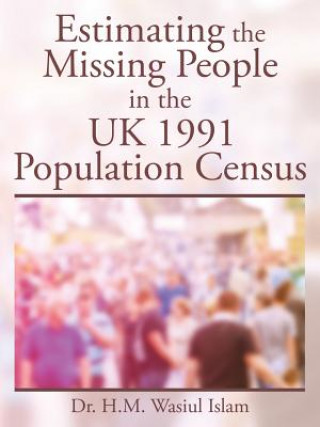
Code: 10794315
Estimating the Missing People in the UK 1991 Population Census
by Dr H M Wasiul Islam
In order to assess the coverage and the quality of the census data of the 1991 census, the Census Validation Survey (CVS) was carried out by the Social Survey Division of OPCS. The survey produced estimates of household spaces, ho ... more
- Language:
 English
English - Binding: Paperback
- Number of pages: 188
Publisher: AuthorHouse, 2015
- More about this

You might also like
-

Developmental Disorders
67.44 € -

All My Tomorrows
16.67 € -3 % -

Engendering Psychology
270.08 € -

A Cruel Season for Dying
26.87 € -

Alien Encounters
86.49 € -

The Battle of New Orleans
32.32 €
Give this book as a present today
- Order book and choose Gift Order.
- We will send you book gift voucher at once. You can give it out to anyone.
- Book will be send to donee, nothing more to care about.
More about Estimating the Missing People in the UK 1991 Population Census
You get 69 loyalty points
 Book synopsis
Book synopsis
In order to assess the coverage and the quality of the census data of the 1991 census, the Census Validation Survey (CVS) was carried out by the Social Survey Division of OPCS. The survey produced estimates of household spaces, households, and persons together with 95 percent confidence intervals. The CVS estimated the census undercount from six different samples, five of which were drawn from the census records and hence dependent. From the comparison between 1991 census results and demographic estimates, it was felt that CVS failed to estimate the true undercount figure of the 1991 census. Moreover, the CVS methodology was unable to estimate the undercount by age, sex, race, and geographic categories. This book presents methods for estimating population by age, sex, and race, as well as geographic categories. Three different estimators, Chandra-Sekar, Greenfield, and El-Sayed Nour, using information from two different sources (census and survey), are discussed. Adjustment factors are generally computed as the ratios of these estimates to the census counts. Average estimates from these three estimators may produce better adjustment factors. Models to produce more accurate estimates of the size of the closed population by using a second sample by matching with census and survey are also discussed. The models we present provide a mechanism for separating out the dependence between census and survey data induced by individual heterogeneity. The resulting data take the form of 2x2x2 table, in which only one of the eight cells is unknown. Using log-linear quasi-symmetry models we describe how to estimate the expected values of the observable cells of this table. To estimate the populations for local authorities (LA), a regression method is presented. The resulting estimates are found to be more accurate than the CVS estimates and were also close to the 1991 demographic estimates. We describe a methodology for estimating the accuracy of the dual systems estimates of population with the help of hypothetical data. The methodology is based on decompositions of the total error into components, such as sampling error, matching error, and other nonsampling errors. An imputation method and some recommendations are also discussed.
 Book details
Book details
Book category Books in English Mathematics & science Mathematics
27.89 €
- Full title: Estimating the Missing People in the UK 1991 Population Census
- Author: Dr H M Wasiul Islam
- Language:
 English
English - Binding: Paperback
- Number of pages: 188
- EAN: 9781504994200
- ISBN: 9781504994200
- ID: 10794315
- Publisher: AuthorHouse
- Weight: 435 g
- Dimensions: 279 × 210 × 10 mm
- Date of publishing: 21. December 2015
Trending among others
-

Mathematics Applications and Interpretation for the IB Diploma Standard Level
103.68 € -

Mathematics Analysis and Approaches for the IB Diploma Higher Level
86.59 € -

ISE Discrete Mathematics and Its Applications
76.60 € -
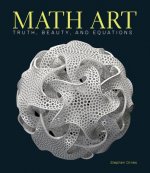
Math Art
22.54 € -21 % -

Microsoft Power BI For Dummies
30.47 € -21 % -

Colossal Book of Mathematics
39.74 € -3 % -

Effective Data Storytelling - How to Drive Change with Data, Narrative and Visuals
34.38 € -21 % -
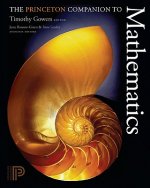
Princeton Companion to Mathematics
100.18 € -4 % -

Schaum's Outline of Mathematical Handbook of Formulas and Tables, Fifth Edition
16.67 € -23 % -

Mathematics Analysis and Approaches for the IB Diploma Standard Level
103.68 € -
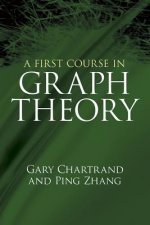
First Course in Graph Theory
29.13 € -7 % -
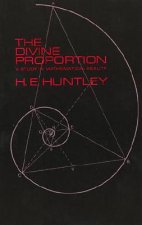
Divine Proportion
9.26 € -19 % -

Tiger That Isn't
11.21 € -23 % -
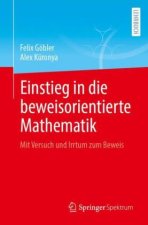
Einstieg in die beweisorientierte Mathematik
46.12 € -

Basic Set Theory
26.35 € -

Schaum's Outline of Essential Computer Mathematics
36.44 € -
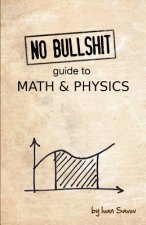
No Bullshit Guide to Math and Physics
27.89 € -18 % -
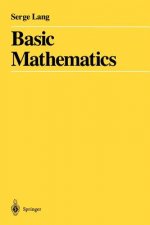
Basic Mathematics
56.21 € -12 % -

Mathematics: A Very Short Introduction
10.18 € -22 % -

Love and Math
17.08 € -20 % -

Pearson Edexcel International A Level Mathematics Pure 2 Mathematics Student Book
39.02 € -
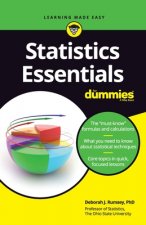
Statistics Essentials For Dummies
11.01 € -4 % -

Trachtenberg Speed System of Basic Mathematics
12.35 € -23 % -

Change Is the Only Constant
28 € -5 % -
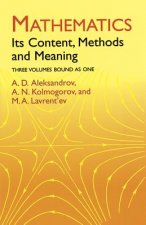
Mathematics
49.72 € -18 % -

Pearson Edexcel AS and A level Mathematics Pure Mathematics Year 1/AS Textbook + e-book
38.60 € -
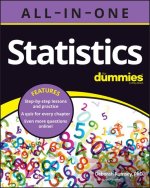
Statistics All-in-One For Dummies (+ Chapter Quizzes Online)
28.10 € -30 % -

Pearson Edexcel A level Mathematics Pure Mathematics Year 2 Textbook + e-book
38.60 € -
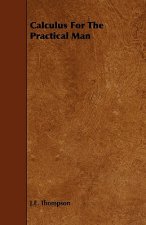
Calculus For The Practical Man
47.67 € -
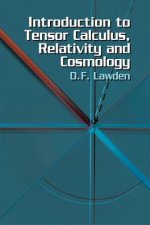
Introduction to Tensor Calculus, Relativity and Cosmology
14.82 € -19 % -

Physics for Medical Students
30.98 € -4 % -

Vedic Mathematics
18.94 € -
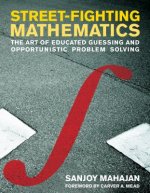
Street-Fighting Mathematics
45.30 € -
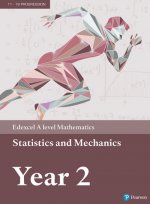
Pearson Edexcel A level Mathematics Statistics & Mechanics Year 2 Textbook + e-book
19.04 € -
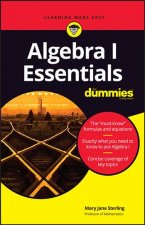
Algebra I Essentials For Dummies
14.71 € -
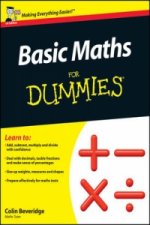
Basic Maths For Dummies
21 € -23 % -

Schaum's Outline of Geometry, Sixth Edition
19.55 € -17 % -
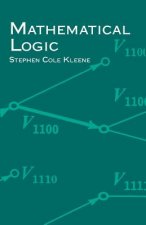
Mathematical Logic
21.41 € -18 % -
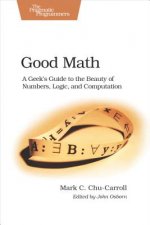
Good Math
33.46 € -5 % -

Chebyshev Polynomials: From Approximation Theory to Algebra and Number Theory
20.48 € -23 % -

Playing with Infinity
15.23 € -5 % -
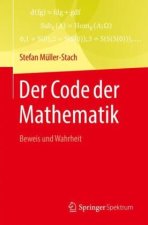
Der Code der Mathematik
36.24 € -
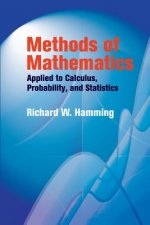
Methods of Mathematics Applied to Calculus, Probability, and Statistics
48.28 € -4 % -
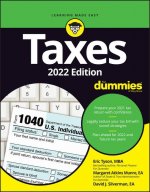
Taxes For Dummies 2022 Edition
29.23 € -
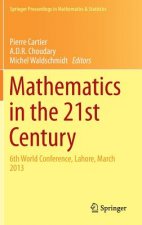
Mathematics in the 21st Century
140.34 € -
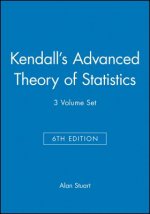
Kendalls Advanced Theory of Statistics 6e 3VST
498.88 € -

Mathematical Olympiad In China (2009-2010): Problems And Solutions
36.24 € -

Mathematical Games, Abstract Games
15.74 € -13 % -

Cambridge International AS & A Level Mathematics Pure Mathematics 1 Student's Book
29.23 € -7 %
Collection points Bratislava a 2642 dalších
Copyright ©2008-24 najlacnejsie-knihy.sk All rights reservedPrivacyCookies



 15549 collection points
15549 collection points Delivery 2.99 €
Delivery 2.99 € 02/210 210 99 (8-15.30h)
02/210 210 99 (8-15.30h)